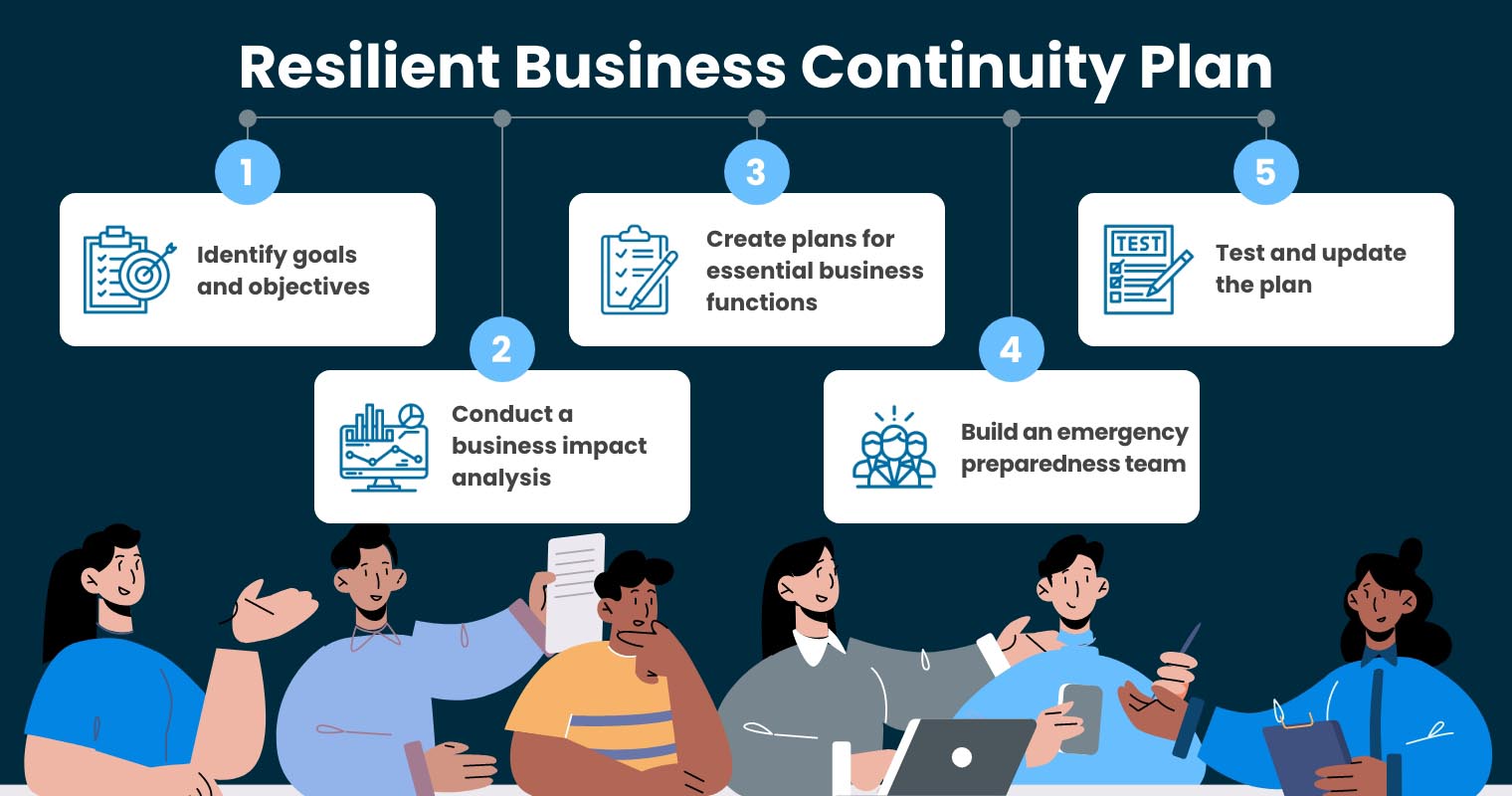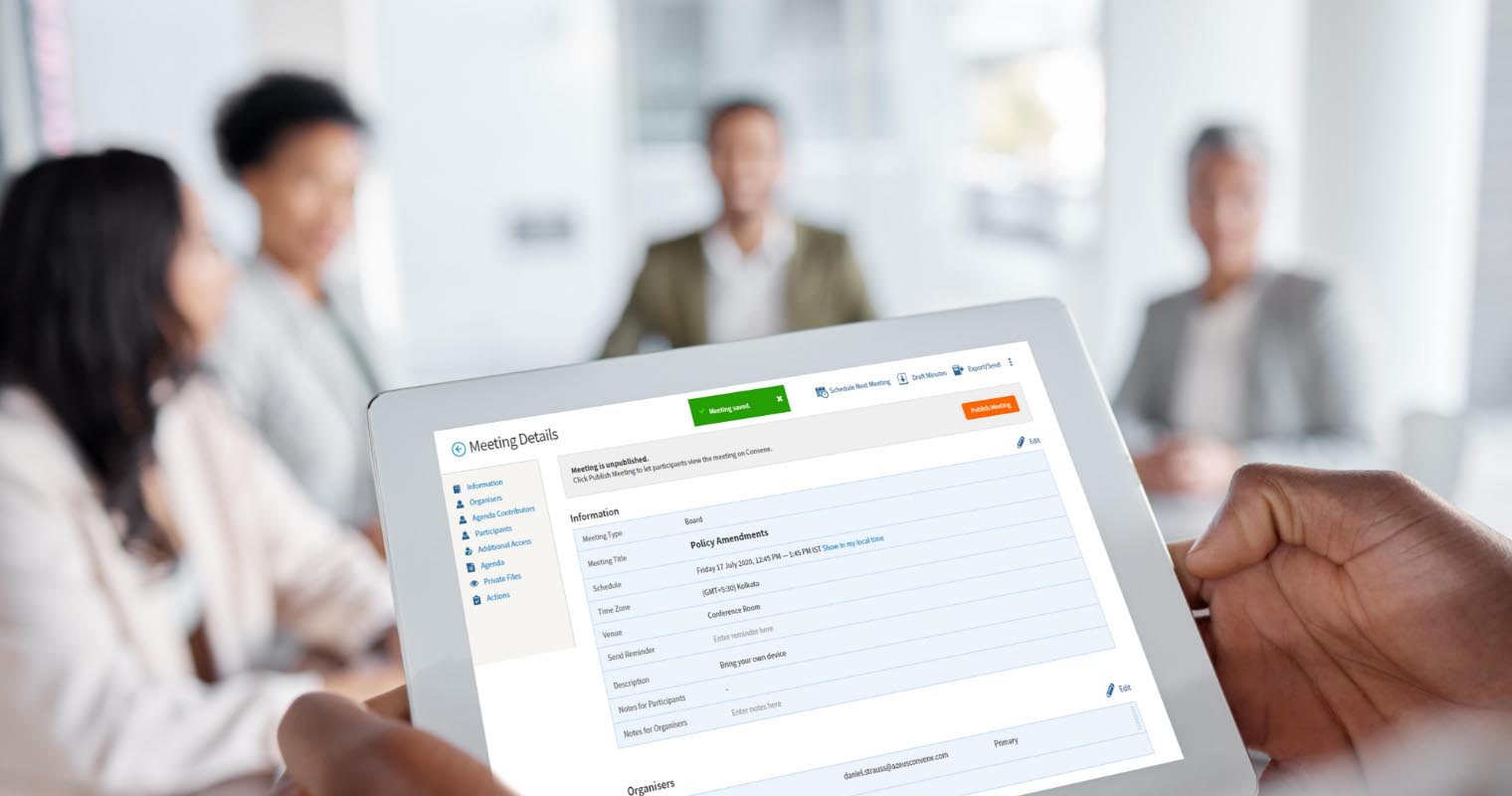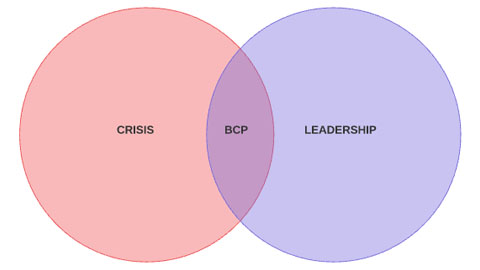South Africa is on the verge of a power grid collapse as Eskom, the country’s national electricity public utility, implemented continuous rolling blackouts. While Eskom asserts they have robust contingency plans in place, blackouts continue to negatively impact businesses nationwide.
In 2022, the country suffered 205 days of power outages, the worst on record, with President Cyril Ramaphosa declaring it a state of disaster. In a survey, 71% of businesses have suffered from the adverse impact of load shedding. Some had to increase their costs to run generators, while others had to shut their doors during the load shedding.
Learn more about the impact of load shedding on South African companies, and how a business continuity plan can help in such a crisis.
The Impact of Load Shedding on Businesses
As of the start of 2023, load shedding in South Africa has reached Stage 6, which requires up to 6,000MW to be removed from the power grid. The power cuts are expected to last for the remainder of 2023, affecting more business operating conditions along the way.
To remain operational, many companies are looking into alternative sources of power. Hence, incurring additional operation costs as well.
What is load shedding?

Load shedding is the deliberate, temporary interruption of electricity supply to certain areas by the power utility company. This procedure is implemented as a measure to balance the supply and demand of electricity during periods of high demand or when there are constraints in the power generation capacity. It is typically implemented in a rotational manner, where different areas or zones are scheduled for power outages for a certain period of time.
How is load shedding affecting SA businesses?
Small businesses are probably the most affected by the ongoing load shedding in the country. In a survey conducted by Nedbank and the Township Entrepreneurs Alliance (TEA), 66% of businesses have shed jobs and over 60% of small businesses halt operations during load shedding.
With the formidable threat of load shedding, South African businesses are forced to take measures to keep their operations afloat. Learn more below.
Employee Retrenchment
In the Nedbank survey, 70% of business owners stated that they had to relieve some of their employees as a result of load shedding. The recurring blackouts caused increasing operation costs and lost revenue, hitting small businesses that barely make ends meet. On top of lower staffing, some companies implemented hybrid work arrangements to reduce daily operation costs and maintain productivity.
Alternative Energy Solutions
To mitigate the impact of load shedding, companies are forced to incur additional operation costs to invest in alternative energy sources. Some invested in backup generators, while others opted for alternative solutions such as wind turbines and solar panels. While such equipment is effective in keeping the operations running, they are also expensive and not a practical solution for businesses with limited resources.
Lost Revenue and Declining Margins
With disrupted operations and increased operating costs, the revenue and profits of businesses are adversely affected. Load shedding forces all sectors to incur extra costs to purchase rechargeable equipment, fuel for generators, and replace spoilt goods. According to the survey, businesses have an average revenue loss of R11,000 per month due to load shedding.
As the adverse impact of load shedding continues, companies in South Africa are encouraged to plan for business continuity and take the necessary measures.
Business Continuity Amidst Load Shedding
In the face of persistent load shedding, planning for business continuity is now more important than ever. Having a resilient business continuity plan (BCP) allows companies to mitigate the impact of power outages on their operations. Learn more about the importance of BCP and how to create one.
What is a Business Continuity Plan?
A Business Continuity Plan (BCP) is a comprehensive strategy developed by organizations to ensure the continuity of critical operations during and after disruptive events or emergencies. It includes measures to minimize the impact of a crisis, recover essential functions, and maintain operations. The plan outlines risk assessment, response procedures, recovery strategies, and testing protocols to ensure preparedness and resilience in the face of unexpected disruptions like load shedding.
Benefits of Business Continuity Planning
Planning for business continuity can ensure the continued operation of critical business functions during and after disruptive events like load shedding. Here are the benefits of having a BCP:
Keep business operations running
Load shedding can disrupt power supply, leading to operational downtime and loss of productivity. Implementing a BCP enables businesses to identify critical operations, assess risks, and develop strategies to maintain essential services during power outages. This could involve backup power sources, alternative work locations, or rescheduling non-critical tasks to minimize the impact of load shedding on day-to-day operations.
Preserve company reputation and brand value
Consistent disruptions in business operations can negatively impact a company’s reputation and brand value. Customers may perceive the organization as unreliable or incompetent, leading to a loss of trust. By implementing a BCP, businesses can demonstrate their commitment to maintaining continuity despite external challenges or a nationwide crisis.
Build customer confidence and trust
Effective BCP demonstrates a company’s preparedness to deal with disruptions like load shedding. When customers see a business can continue to deliver products and services reliably even during power outages, it instills confidence and trust in the company.
Mitigate financial risks or losses
Load shedding can have financial implications, such as revenue loss, missed opportunities, or penalties for failing to meet contractual obligations. By developing a BCP, organizations can identify potential financial risks associated with load shedding and develop strategies to mitigate them. These strategies may include alternative revenue streams, insurance coverage, or diversification of suppliers or markets.
Recover quickly after interruptions
Load shedding can disrupt workflows, data systems, and customer service. A BCP includes strategies for recovery and restoration after power outages, allowing businesses to bounce back quickly. This may involve backup systems, data backups, and predefined procedures for resuming operations. By having a well-defined plan in place, organizations can minimize the downtime caused by load shedding and expedite their return to normalcy.
Steps in Creating a Resilient Business Continuity Plan

Creating a resilient BCP involves several key steps to ensure that the plan effectively addresses potential disruptions and enables the organization to recover quickly. Here is a breakdown of the steps involved:
- Identify goals and objectives
Start by determining the goals and objectives of the BCP. This includes understanding the critical business functions, key dependencies, and desired outcomes during and after a disruptive event. The goals may include minimizing downtime, reducing financial losses, ensuring employee safety, and maintaining customer satisfaction. - Conduct a business impact analysis
Next is assessing the potential risks and impacts that could disrupt the business. A business impact analysis (BIA) helps identify critical processes, dependencies, and vulnerabilities, while a risk assessment evaluates the likelihood and severity of various risks. These assessments provide a foundation for developing strategies to mitigate potential disruptions. - Create plans for essential business functions
The third step is to identify the essential business functions that need to continue operating during a disruption. For each function, develop specific plans to address potential challenges. This may include:- Inventory and supply — Develop strategies to manage inventory levels, establish alternative suppliers, or prioritize critical supplies during disruptions.
- Customer service — Outline procedures for maintaining communication with customers, addressing their concerns, and providing uninterrupted customer support.
- Team members — These are plans for the safety and well-being of employees, may it be establishing remote work options or for smooth collaboration during disruptive events.
- Order fulfillment and shipping — Plan how to manage orders, prioritize critical shipments, and adapt logistics processes that can minimize disruptions.
- Build an emergency preparedness team
Establish a dedicated team responsible for emergency preparedness and response. This team should consist of individuals from various departments or functions within the organization. Their role is to develop, implement, and communicate the business continuity plan, and coordinate response efforts during a disruption. Assign specific responsibilities and ensure all members are trained and ready to execute their roles effectively. - Test and update the plan
Regularly test and evaluate the effectiveness of your BCP. Conduct simulations or tabletop exercises to identify any gaps, weaknesses, or areas for improvement. Test different scenarios and evaluate how well the plan enables the company to respond and recover. Based on the results, update and refine the plan accordingly. This ensures it remains up-to-date and aligned with evolving risks and business requirements.By following these steps, businesses can develop a resilient BCP that enhances their ability to navigate disruptions and recover quickly. If your organization is having a hard time planning, find out below how a board management software like Convene can help.
Kickoff Your Business Continuity Planning with Convene

An energy crisis like load shedding causes disrupted operations and business continuity threats to many organizations. To help, board management software Convene offers an equipped platform where business owners and executives can efficiently plan their next move.
Convene’s powerful meeting features allow for seamless decision-making and collaboration, making it easier for organizations to develop contingency measures. By leveraging its tailored and automated workflows, businesses can streamline the creation and implementation of their BCP. Learn more about Convene and its features.
Jielynne is a Content Marketing Writer at Convene. With over six years of professional writing experience, she has worked with several SEO and digital marketing agencies, both local and international. She strives in crafting clear marketing copies and creative content for various platforms of Convene, such as the website and social media. Jielynne displays a decided lack of knowledge about football and calculus, but proudly aces in literary arts and corporate governance.










